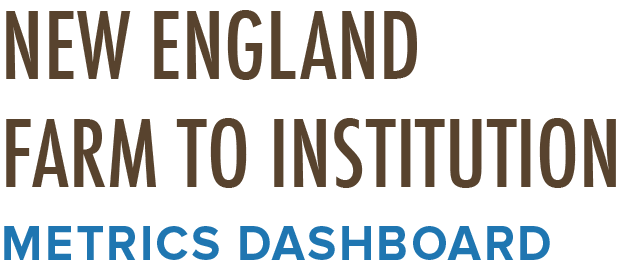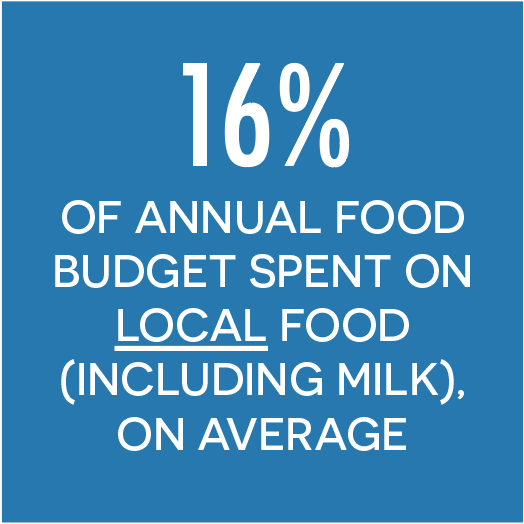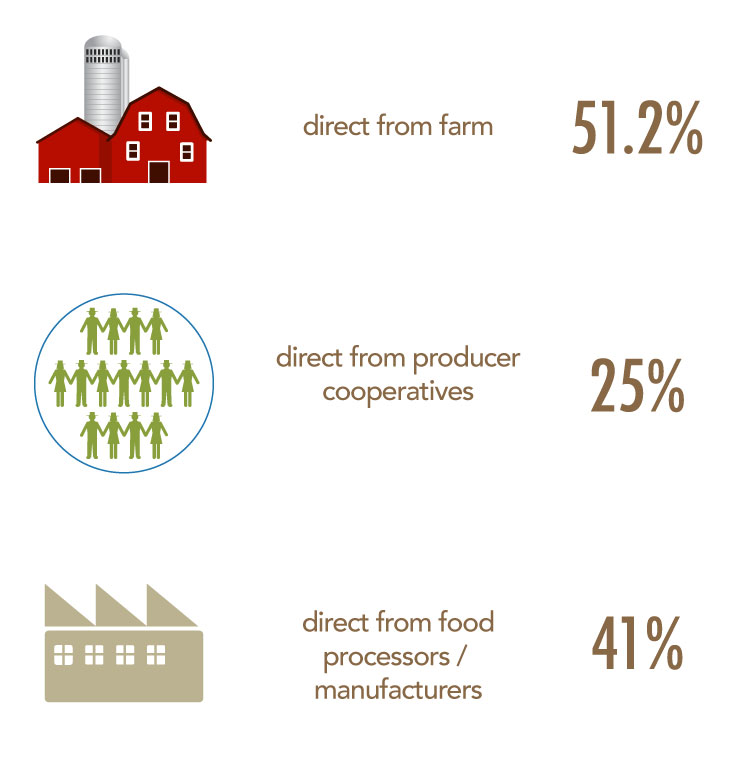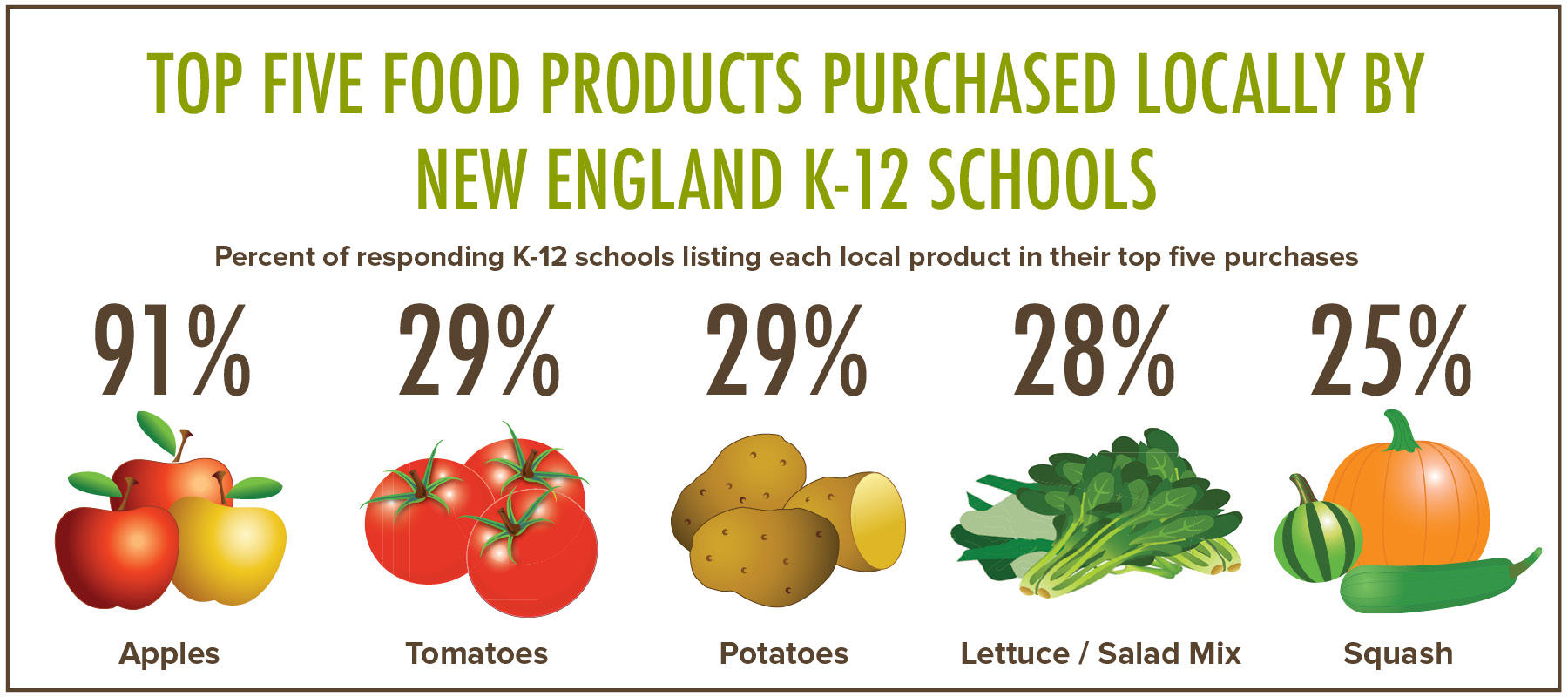FARM TO SCHOOL
We are doing some big renovations to the dashboard this year! We will be adding new data soon for K-12 schools, hospitals, and colleges. In the meantime you can view data from the 2015 Farm to School Census below.
REGION AT-A-GLANCE
ABOUT OUR DATA
"This page uses data from the United States Department of Agriculture Food and Nutrition Service Farm to School Census. This census includes data from 727 school districts in New England, a 72% response rate. Of those respondents, 541 districts (and 2489 schools) reported farm to school activities in school year 2013-14. These include public school districts, private schools, and charter schools. This data is available on the USDA website. Please note that this data is self-reported and may conflict with other data sources.
USDA defines farm to school activities as generally centering around procurement of local or regional foods and food, and agriculture or nutrition-based educational activities such as but not limited to: serving local food products in school (meals and snacks), serving local food products in classrooms (snacks, taste tests, educational tools), conducting educational activities related to local foods such as farmers in the classroom and culinary education focused on local foods, field trips to farms, farmers' markets or food processing facilities, and educational sessions for parents and community members, and creating and tending school gardens (growing edible fruits and vegetables).
KEY INDICATORS
Number of K-12 Schools in Each State Reporting Farm to School Activities
Schools Buy Local Foods in Several Different Ways
Over half (51.2%) of surveyed school districts reported procuring directly from producers, 25.0% directly from producer cooperative (which represents multiple producers), and 41.0% directly from food processors and manufacturers.
How K-12 Schools Define Local
About a quarter of schools defined local food as produced within the state or region, and another fifth defined it as produced within a 50 miles radius.
Schools Buy Lots of Apples, Tomatoes, Potatoes
Almost all K-12 schools listed local apples in the top five local food products purchased, with a quarter or more also listing tomatoes, potatoes, lettuce and salad mixes, and squash.
Year-Round Availability & High Price Point are the Two Biggest Barriers
Schools reported the top barriers to purchasing local foods as availability of local foods throughout year, the price of local foods, and local items not being available from primary vendors.
Almost 600 School Gardens Were Counted Across New England
Robust farm to school programs include school gardens. School gardens are powerful environmental education tools that support community and social development, healthy eating choices, and academic achievement. Every state in New England has school gardens. Massachusetts leads the states with over 200 of them.
Note: FINE staff recently uncovered a likely decimal point error in USDA Farm to School Census data for the state of Connecticut. We are in communication with USDA and Connecticut school staff to confirm correct data. In the interim, we have updated our data to reflect our understanding of the error. For more information contact Hannah Leighton, FINE Research Associate, at hannahr@farmtoinst.org.












